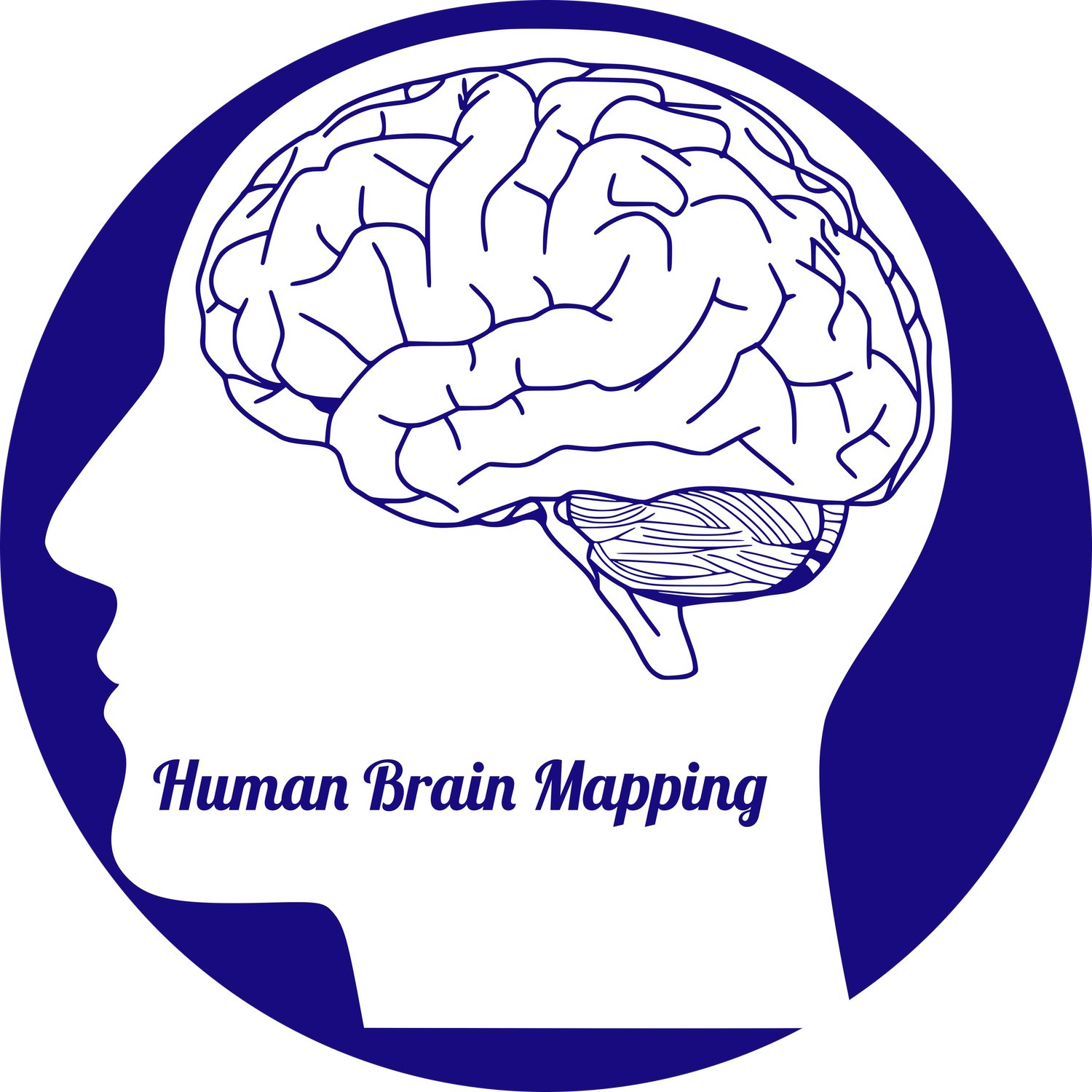The Neural Networks Underlying the Illusion of Time Dilation
By Muhammad Mubbashir Sheikh MD, Mohamad Z. Koubeissi MD, Dennis D. Spencer MD, and Rafeed Alkawadri MD
Results can be viewed here. Ann Neurol. 2021 Nov 28. doi: 10.1002/ana.26277. Online ahead of print.
According to relativity, the faster you move, the slower you perceive time and vice versa. For example: if we jumped inside a rocket ship and traveled near light speed for ten years traveling away from the earth only to return to the world ten years older than when we left, but our friends back on Earth will have aged 20 years since we left. This relativity of time is complex for regular human beings to understand because we generally don't experience it in our day-to-day lives story of paradoxes. The 4-D simplification of space-time warp and the simplification of equations have helped in that sense. The absence of distinct organs for time perception humans might add to the perplexity of comprehending physical time. For instance, time perception has evolved in the physical sense across cultures and pre-and post-industrial revolutions.
In the most basic evolutionary sense, time perception roots in the circadian/seasonal cycles and the quick motor decisions that may make the difference between perishing and survival. Consistently, the notion of time has been an intrinsic part of many civilizations. For instance, the Egyptians did not have a god of time; however, their iconography illustrates their conception of time. Parmenides in the 5th century BC held that time is a figment of the imagination. The experience of time has always been a persistent challenge, reflecting a theoretical approach applied to the western philosophical tradition, stating that time is a construction of the self, according to the assessment of St Augustine’s. Many cultures appraised time; “The time is a master of him who does not have a master” and “Time waits for no one” are simply examples of a long list of such didacticism.
Right claustrum - mid insular region producing time dilation
To that end, we reported in Annals of Neurology on a profound illusionary alteration of time and duration perceptions during direct electrical cortical stimulation for functional mapping. We analyzed the cortical and subcortical networks relating to that experience. To our knowledge, this account is the first original of a human understanding of time dilation during direct cortical stimulation.
Areas connected to region producing time-dilation
Right hemispheric contribution to time perception in humans has also been proposed by lesional studies.
There is a hierarchal view of time perception in humans. At the highest level, it depends on integrating multiple neural systems emerging from various motor sensory (seconds) and executive networks (minutes). The right mid-claustrum/insula and the inferior frontal lobe regions may play the role of a pacemaker interacting with the accumulators spanning large neocortical (working memory) and mesial temporal regions (memory time cells).
That level of complexity and pace helps explain the variability in time interval interpretation perception: e.g., pre and post-industrial revolution, cross-culture, the difference between boredom and fun, diseases such as Parkinson's, ADHD, and drug use.
Did you know: The Babylonians, who used a sexagesimal (60-based) system for mathematics and astronomy, divided the hour into 60 minutes and the minute into 60 seconds. They built their number system from the Sumerians, using it as early as 3500 BC. The Egyptians invented a more sophisticated sundial as early as 1500 B.C. This instrument was carefully calibrated to split the duration between sunrise and sunset into 12 parts.


